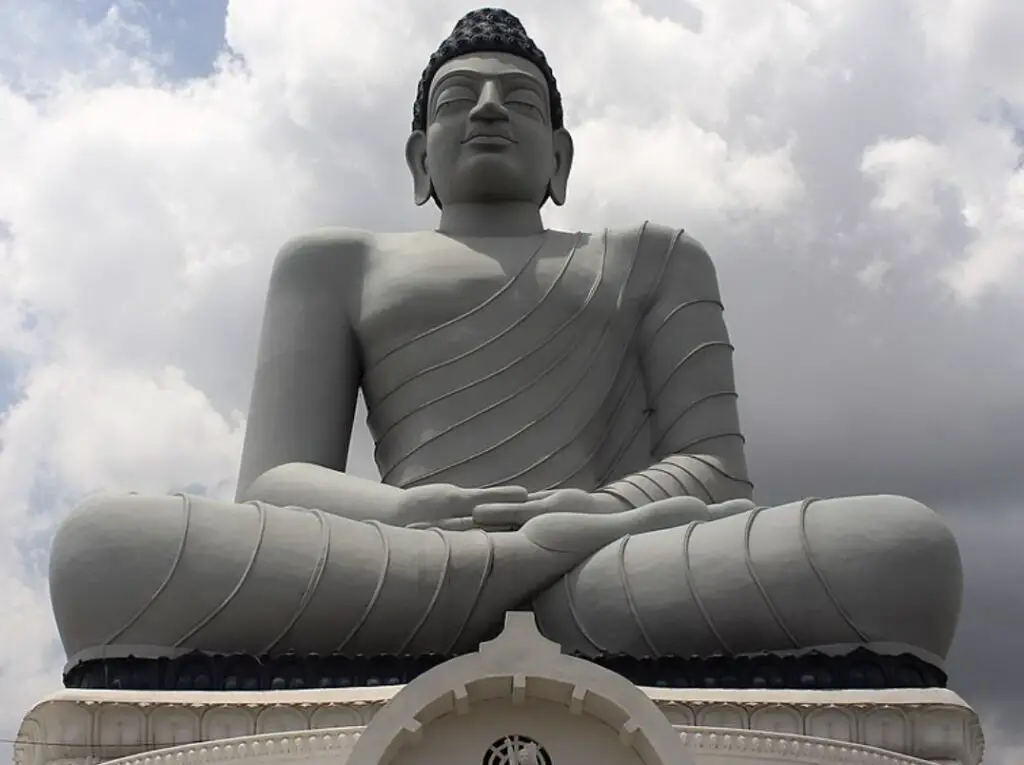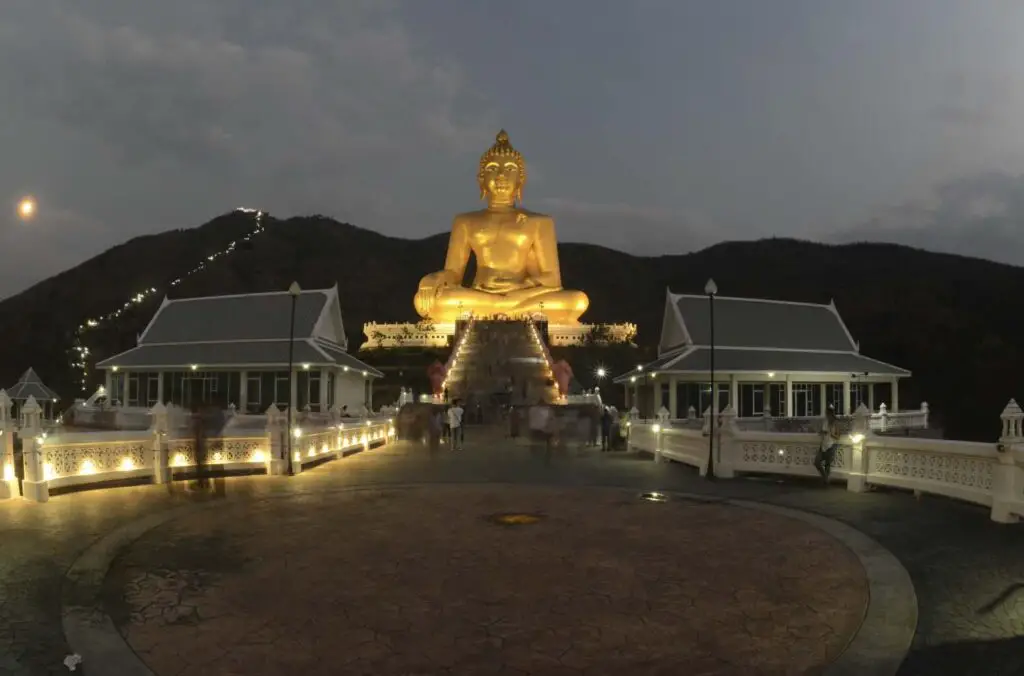Embarking on a journey through the serene and reflective landscapes of Eastern spirituality, we encounter two of its most enigmatic and profound expressions: Chan Buddhism and Zen Buddhism. These traditions, which unfold a rich tapestry of meditative insight and sudden awakening, invite us not just to study but to immerse ourselves in the essence of mindful existence.
As we delve into the depths of Chan and Zen Buddhism practices, from the silent meditation halls of ancient China to the zen gardens of feudal Japan, we uncover the universal principles of awareness and presence that define the core of these intertwined paths. This is more than a historical recount; it is an invitation to understand how the journey from Chan to Zen is not just about philosophical shifts but the continuity and transformation of a spirituality that echoes the timeless quest for awakening.
Table of Contents
- Chan Buddhism Vs. Zen Buddhism: The Spiritual Continuum Of Awakening
- The Teacher-Student Dynamic: A Pathway To Transmission
- Chan And Zen: The Question Of Homogeneity
- Related Questions
Chan Buddhism Vs. Zen Buddhism: The Spiritual Continuum Of Awakening
In the vast landscape of world spirituality, few traditions are as intriguing and paradoxically complex as Chan Buddhism.
Known as Zen in Japan and Son in Korea, this spiritual path has captured the imagination of seekers with its unorthodox approach and enigmatic practices. The history of Chan is a tapestry interwoven with threads of wisdom, sudden awakening, and the dynamic relationship between teacher and student.
To untangle the rich narrative of Chan and its manifestation as Zen, we embark on a journey that spans continents, cultures, and centuries.
While these traditions share a common heritage, tracing their lineage back to the Buddha in India, their expressions have adapted to the cultural landscapes of China, Japan, Korea, and Vietnam, posing a scholarly problem: are these simply regional variations of a single tradition, or distinct spiritual paths deserving individual recognition?

The Essence Of Chan: Unity Of Wisdom And Practice
Chan Buddhism emerged in China over a thousand years ago, cultivating a distinctive emphasis on the unity of wisdom (prajñā) and practice (śīla and dhyāna). This intertwining of understanding and application is a cornerstone of Chan, where enlightenment is not merely an intellectual feat but a lived experience.

The celebrated “sudden awakening” is a hallmark of the Chan journey, where the aspirant awakens to the nature of reality in an instant, transcending the traditional incremental path.
Meditation And Shock Tactics: Tools For Awakening
Central to Chan’s practice is meditation (dhyāna), a method for direct encounters with the mind. However, Chan’s approach often transcends quietist meditation, incorporating “shock tactics” such as shouts, physical strikes, or paradoxical verbal exchanges (encounter dialogues).
These jolt the practitioner out of conceptual thinking, propelling them towards a direct realization of their true nature.
The Teacher-Student Dynamic: A Pathway To Transmission
Unlike other spiritual paths that rely on scripture as the primary transmission means, Chan places immense importance on the personal relationship between master and student.
This living connection is viewed as essential for the transmission of insight. The teacher guides, challenges, and sometimes confounds the student to facilitate the breakthrough of awakening.
Koans: The Narrative Of Enlightenment
In Chan and Zen, koans are not simply riddles but narratives of enlightenment that invite deep contemplation. They often recount exchanges between masters and students or pivotal moments of realization. These stories, perplexing as they may be, are not meant to be solved but experienced, serving as catalysts for the practitioner’s insight.
Chan And Zen: The Question Of Homogeneity
As Chan Buddhism migrated to Japan, it took on the new moniker of Zen and adapted to the Japanese cultural milieu. The debate arises when one examines the extent to which these traditions can be viewed as a homogenous whole.
Without a centralized religious authority to demarcate doctrinal boundaries, Chan and Zen developed organically, influenced by local customs, political climates, and the personal realizations of their adherents.

The Institutional And Political Dimensions
It would be remiss to overlook the institutional power dynamics that shaped the development of Chan and Zen. While these traditions often downplay worldly power in favor of spiritual realization, they have undeniably played their roles in the power games of history.
The complexity of these lineages is further compounded by the fact that spiritual realization, rather than doctrinal conformity, was often touted as the criterion for religious authority.
The Question Of Continuity
Given the diverse expressions of Chan and Zen across East Asia, scholars face a dilemma: Is there a continuous tradition that can be collectively referred to as “Chan” or “Zen”? While some common threads run through these practices, the variances are significant enough that many argue for treating each regional and sub-regional expression as its distinct tradition.
A Tradition Of Paradoxes
Chan and Zen Buddhism remain some of the most paradoxical spiritual traditions in the world, where the emphasis is placed on direct experience over doctrinal teachings, and spiritual authority stems from personal realization rather than institutional hierarchy.
This enigmatic quality has allowed Chan and Zen to thrive and adapt, resonating with seekers who look beyond the conventional in their quest for enlightenment.
Chan and Zen Buddhism present a spiritual continuum that defies easy categorization. The tradition, emphasizing direct realization and the personal journey toward enlightenment, has transcended its historical and cultural origins to speak to a universal quest for understanding.
As we delve into the practices and philosophies of Chan and Zen, we find not just a set of doctrines but a living tradition that continues to inspire and provoke seekers of the ultimate truth.
At A Bus On A Dusty Road, we talk about everything about culture, travel, life, sailing, and ex-pat living. We are all about “Living Life As A Global Citizen.” We explore social, cultural, and economic issues and travel.
We would love to have you be part of our community. Sign up for our newsletter to keep up-to-date by clicking here. If you have any questions, you can contact me, Anita, by clicking here.
Listen to our Podcast called Dusty Roads. You can find it on all major podcast platforms. Try out listening to one of our podcasts by clicking here.
Subscribe to our A Bus On A Dusty Road YouTube Channel filled with great videos and information by clicking here.
Related Questions
14 Things To Understand The Vietnamese Culture
Vietnam is a magical country to visit or live in. The Vietnamese people are kind, generous, and inviting to foreigners. But anyone planning a visit to Vietnam should understand some things about Vietnamese culture.
By clicking here, you can discover 14 Things To Understand The Vietnamese Culture.
Is the Vietnamese Water Puppet Show Worth Seeing?
Every visitor to Vietnam should go to see the Vietnamese Water Puppets show. This water puppet show is very much a part of Vietnamese culture. The water puppets are also a rich part of Vietnam’s history.
By clicking here, you can discover Is the Vietnamese Water Puppet Show Worth Seeing?
Traditional Vietnamese Clothing Before The Ao Dai Dress
Before the early 1900s, Vietnam did not have the Ao Dai as we know it today. In fact, like many things in Vietnam, there were times in Vietnamese history when dress and clothing were used as a political statement or to separate one part of Vietnam from another.
To find out more, you can read our blog on Traditional Vietnamese Clothing Before The Ao Dai Dress by clicking here.


